We are on entirely new ground here. The world hasn’t experienced something quite like this before.
There have been pandemics and wars and market crashes before, turning everything inside out and causing people to have to reevaluate how they live and work. Still, we haven’t experienced the situation from this unique point of view, where in order to keep people from gathering and spreading dangerous disease, most business comes to a screeching halt.
Luckily this time, we have the luxury of maintaining contact through online business and community. But there is a group of people who’s way of life has always weathered this kind of living, and that’s us. The artists.
I am self-quarantined at the moment to avoid the worldwide spread of the Coronavirus, and to me, it doesn’t look much different than any other time during my freelancer’s life, other than this time things can get deadly.
I’ve known many great independent artists and writers and watched their careers blossom over time spent by themselves, mastering what they do. I’ve used many of their techniques to fortify and push my own career to ever higher goals and accomplishments.
Here are some practical thoughts to not only keep you engaged during this confusing time, but also for going forward to build your career and a body of work.
Communication is key.
Things are scary at the moment for many artists wondering what happens now, and especially so for new artists wanting to follow their visions.
Think about this philosophically for a moment. We don’t reconstruct the wheel every time we set out to create something. We don’t grind the paint, we don’t forge the metal to make the tacks for the stretchers, and we certainly don’t weave the canvas. (I just lost all the purists in the room) When we finally make it to Mars, we’re not going to start all over again and build a wheel first. Think about the practicality of building from information we’ve already learned.
Starting out, I wanted to believe I was entirely singular as an artist, a one-of-a-kind thinker, a self-made man. (I know you’re listening now because many of us start out thinking the same way.) No matter what we might think about how amazing we are, all great artists are built from the works of those who’ve gone before us, and yes, even those around us now.
We influence each other because at heart, we are communicators.
Thinking like a professional, first.
Fairly quickly, I reasoned that a life in fine art would need to be shored up by income from some alternate source. I didn’t want anything to distract me from my painting, so I decided to start with commercial work, where I could learn on the fly and hopefully get paid for it. (The fine artists around me looked down their sophisticated noses and scoffed at me, the ‘sell-out.’)
I thought of my portfolio as a contemporary professional would think of the work because I had a sense that the world doesn’t cut anyone any slack. I knew this from entering high school; I knew this from entering college; I knew this from entering the real world of commercial art. Like my days in the high school drum squad, if you wanted to have the respect, you had to play, man. Get this straight: they will not give the new person a free pass.
This tactic alone caused my portfolio to skip over the rough edges, and prevented the book from looking like I was learning in front of people. Nothing went in the book that wasn’t 100% completely finished and polished.
Because of this method, I was able to build a strategy of how to approach clients, find out what they were looking for, and add images that would guarantee interest.
Using money.
Once work starts coming in, an artist builds from there. This leads to more and better-priced work. Which can lead to more prestigious work. From time to time, between many smaller jobs, I got work that paid quite well.
The first thing I did was to put it in a bank and leave it there. The security alone was refreshing. Did I then buy a car, or some other extravagant expense? No. I let it sit there and exude it’s financial confidence right back at me. At my level of living back then I knew I could now afford to have the things around me I wanted, but instead relished in only the feeling that I could. In short time, that feeling was all that was necessary to feel secure. Having something became far less important than the potential to own it.
I learned quickly that what I had to do was put my money back into my freelance career, to grow the potential of having-without-having. I paid for double-page spreads that advertised my work in prestigious illustration directories so clients could easily find the work. I bought better portfolios. I paid for high level photography to shoot my paintings well.
I did buy things for myself, but they were related to my work in some way. Music was essential for painting. Loads of books for reference and information and relaxing. Art store visits were suddenly field days. Anything spent on art supplies was plowed back into the work, so I thrilled at buying great supplies.
Everything else comes after.
What’s hot, what’s not, get over it.
Thinking about how to get my next work, I had to balance between what imagery I thought a client wanted and what kind of work I wanted to paint. Simple as that. Yes, I looked at what was ‘hot’ on the market and stubbornly didn’t like most of it. It wasn’t quite me. But I did develop my own approach to meeting those challenges by sucking it up and trying some techniques.
I did a lot of work where I was asked to mimic someone else’s style. It’s just the way of the market and has been for ages. Following the idea that resisting this would only force me into a corner of having to come up with something so original no one had seen before, and while feeling this highly unlikely as I’m no fool, and hearing my father’s words echo in my mind whenever he was working with tools to “never force it,” I went with it and dove in.
This was a necessary epiphany. Eventually, by emulating others I discovered the path to my own voice. This allowed me to provide a method of painting I loved. Very few others were willing to attempt to do this by bucking the aesthetics of the time.
Taking risks.
In order to stand out, I had to take some risks. By working in a technique that others had mostly abandoned. By working in a style that looked more fine art than commercial. By approaching certain clients with ideas that would reflect what they bought, but with my technique.
And many times I worked on paintings without getting paid, so that I could put them in my book and entice clients to give me work. I took the risk that I had merely wasted my time in order to make an advance in my career, but this is always part of the freelancer’s life.
Sequestering.
Holing up from COVID-19 and social distancing is critical for stopping the advance of the virus. As artists though, we’re used to diving into our work and sequestering ourselves to get work finished. Many artists have used the same technique to accomplish great works. Composers slip away from society to wholly invest themselves in ‘hearing’ their music, and it’s common knowledge that writers have a routine of sequestering themselves away to listen to the words in their head.
Artists do the same. We need the space to visualize and daydream and process and listen with our eyes.
Keep drawing.
There’s always ever been one overriding philosophy for sustaining a career and continuing to grow despite daily things that distract or even fall apart around us (homeowners know this too well): continue to draw. No matter what happens, and no matter what reason, drawing is the only thing that will keep a freelancer going and growing.
At the heart of it, drawing is communicating.
I sometimes chastise myself for not drawing enough. And some days I don’t even draw. But every time my painting has advanced, every time my skills have grown, every time I’ve solved a visual problem, it was in the drawing.
This endeavor has even increased my understanding of how to use money, how to provide, how to promote, and how to survive. Because whenever I do, the skills exude their origins and I invest those skills to other aspects of a freelance life.
The secrets are in the drawing.


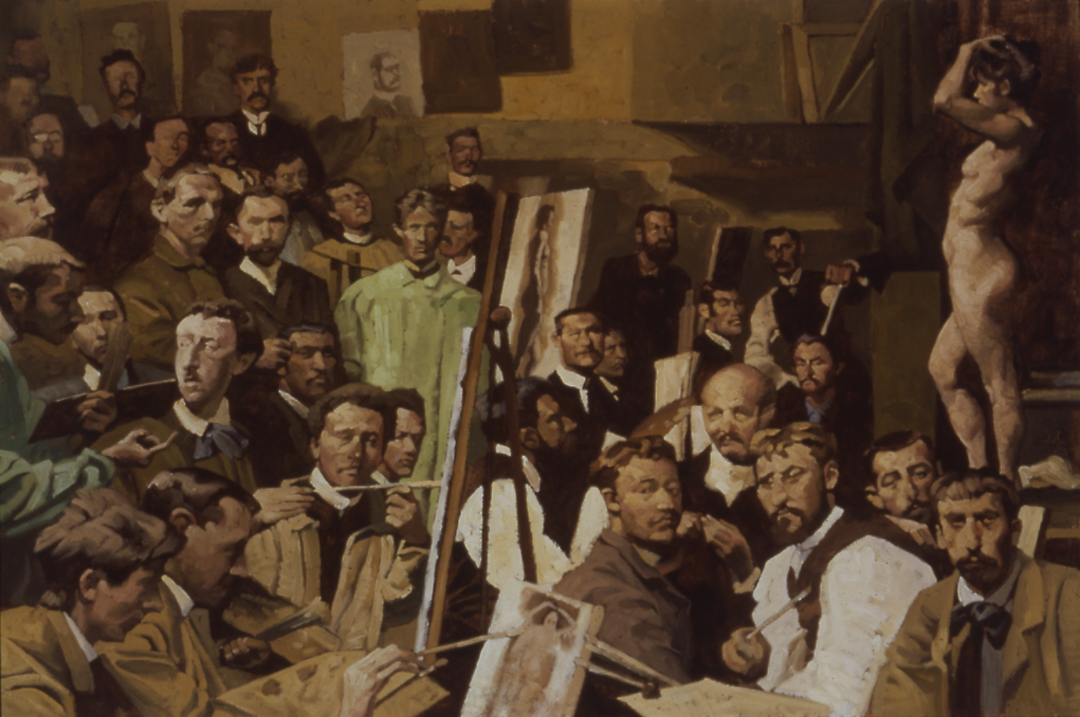

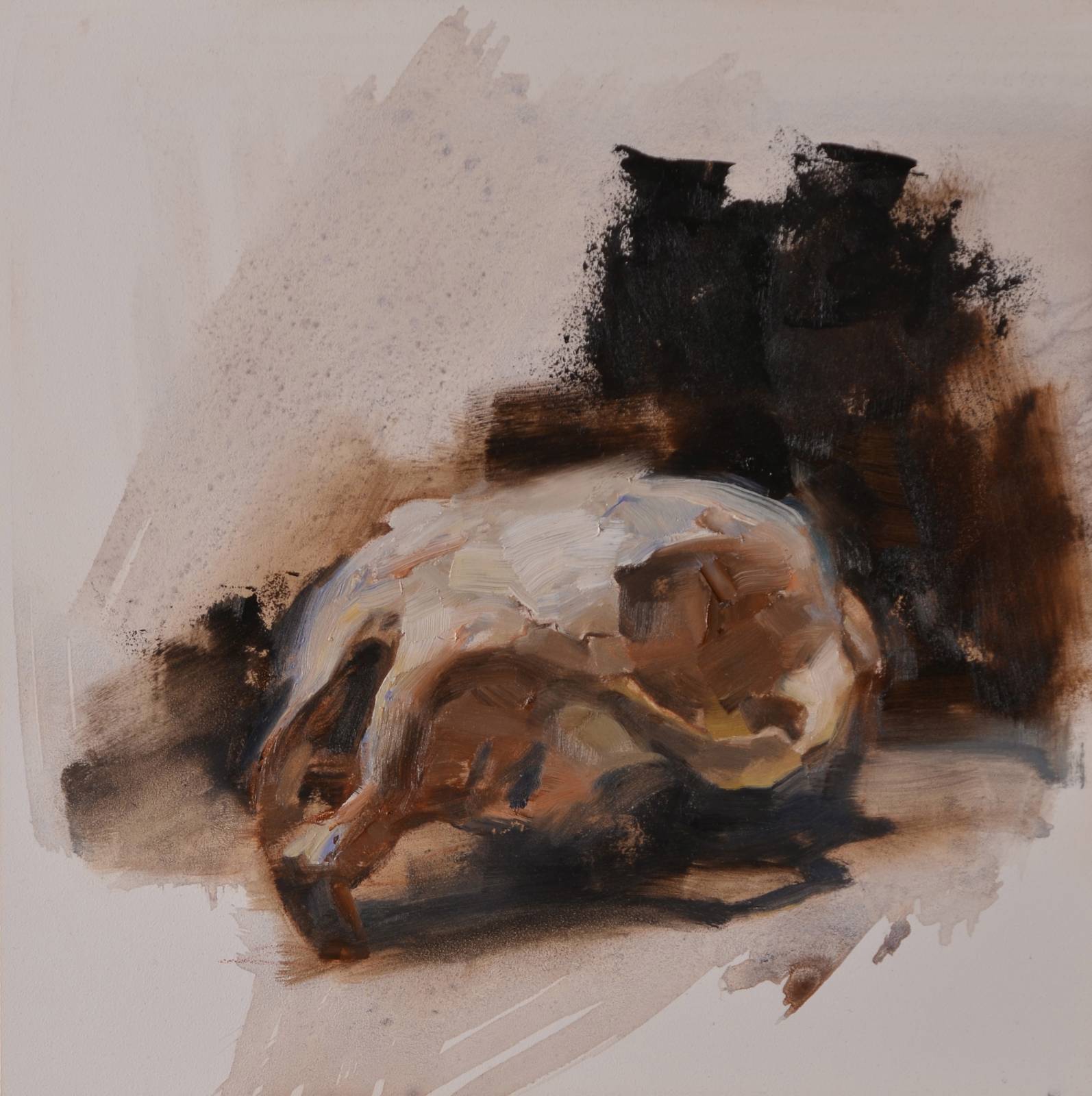

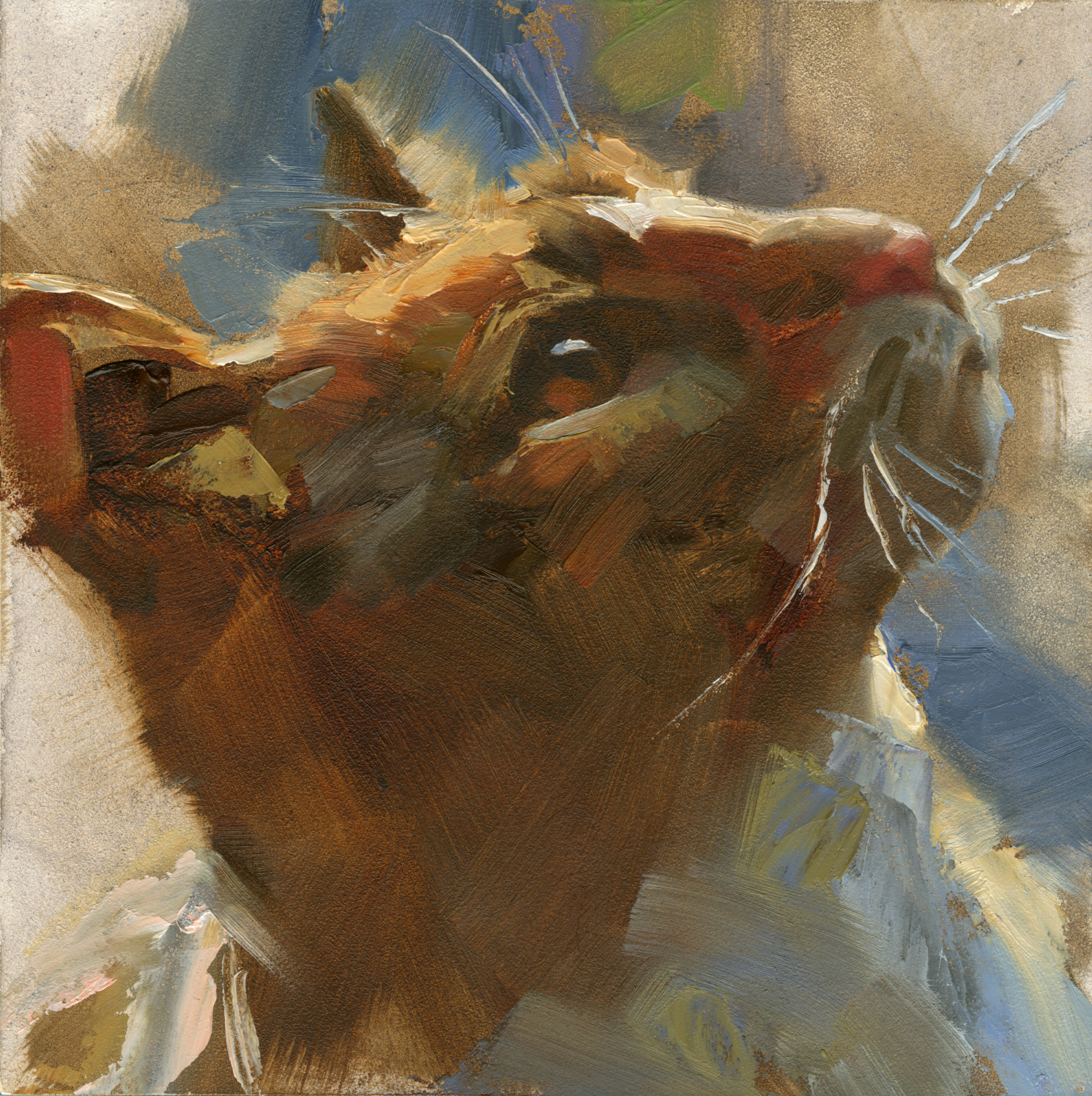
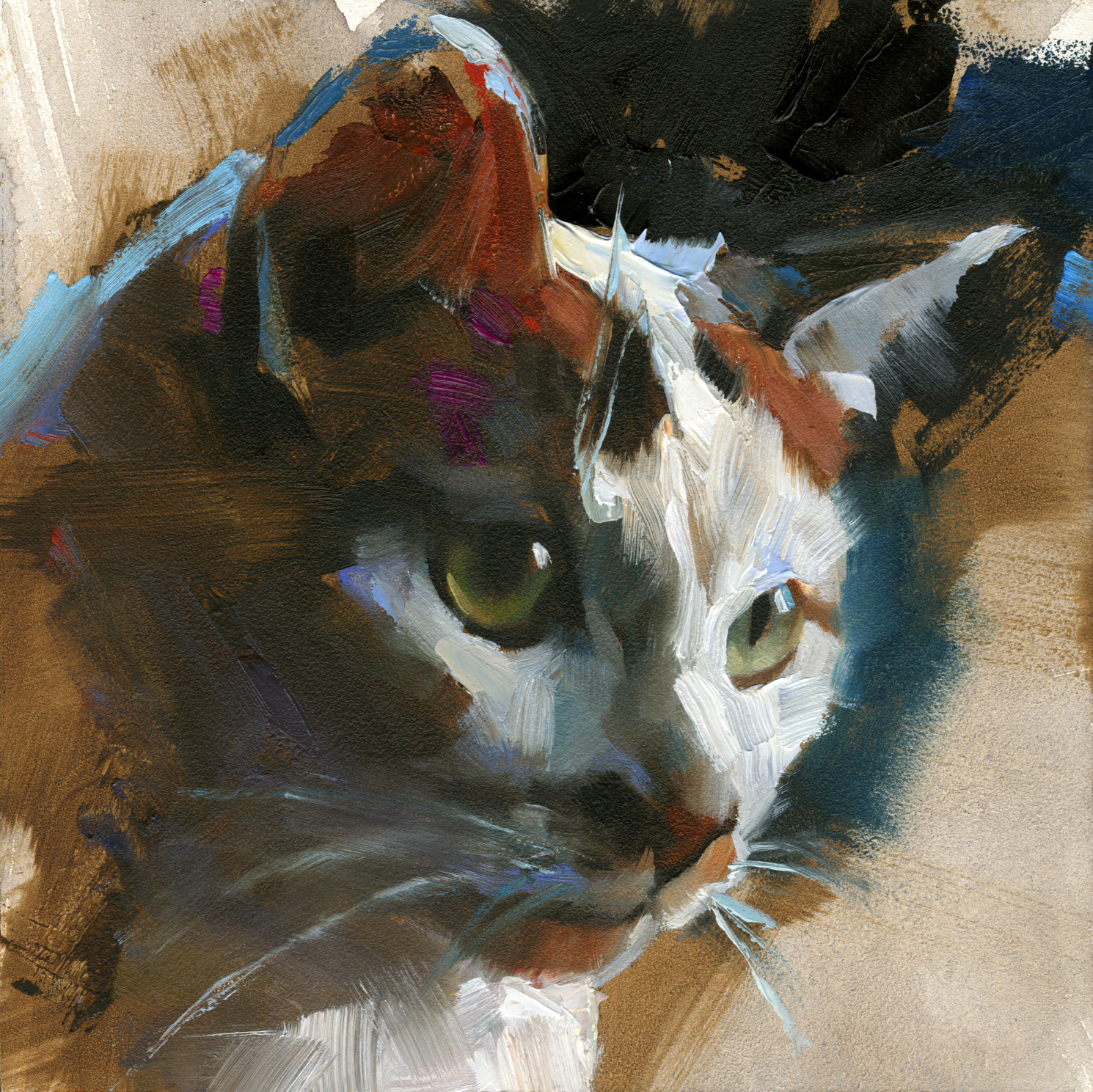
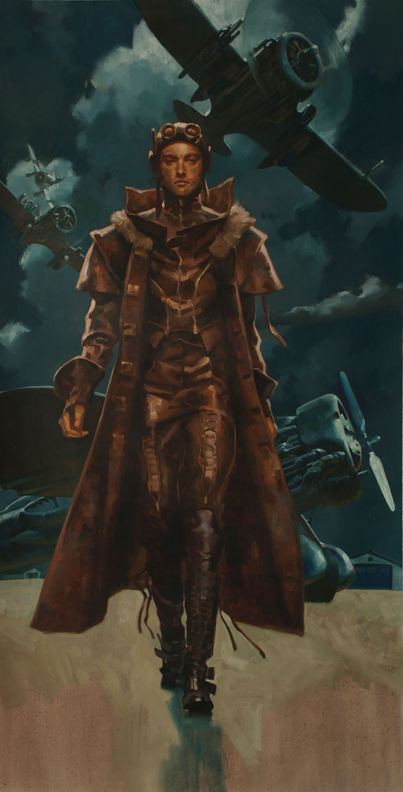


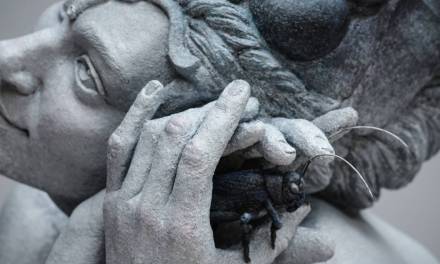
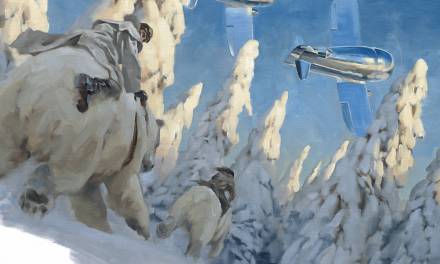
Thank you really much Sir,
your thoughts are quite interisting and inspiring, just wanted to write that 🙂
Best,
christian
These must be your cats. Beautiful, beautiful eyes. You have such remarkable abilities with oils, with light, shadow. Always a joy when you post.
Thanks Greg:)
Such a wonderful post, thank you so much for sharing it.
Greg.
Thank you for sharing. Extremely helpful words for any time, but especially at this time.